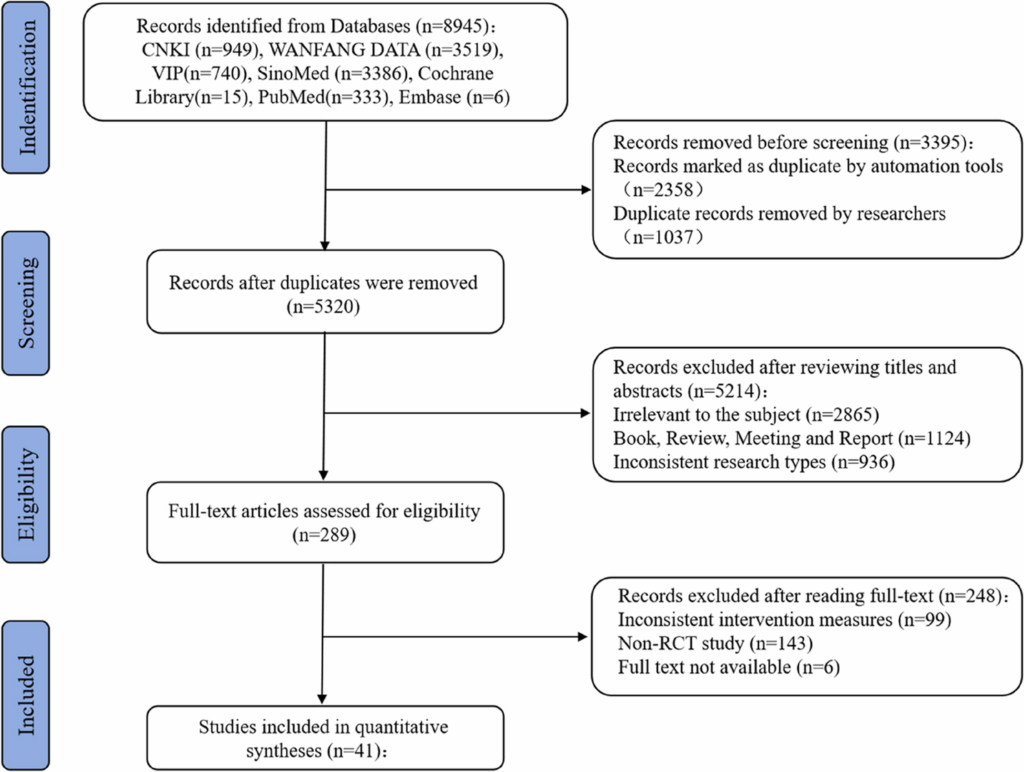
Childhood asthma, a prevalent chronic respiratory disease, continues to challenge healthcare systems worldwide. While traditional treatments like inhaled corticosteroids and β-agonists remain essential, a recent study has highlighted the potential of non-pharmacological interventions to improve asthma outcomes in children. This systematic review and network meta-analysis aimed to evaluate the efficacy of various non-drug approaches, offering a comprehensive insight into alternative asthma management strategies.
The research, conducted by analyzing data from seven English and Chinese databases, included 41 randomized controlled trials (RCTs) with 3,164 participants. The study focused on five asthma outcome indicators: FEV1, FVC, PEF, PAQLQ, and FeNO. The findings revealed that all non-pharmacological interventions examined improved asthma symptoms, with structured exercise programs showing significant benefits in FEV1, PEF, and PAQLQ scores.
Understanding Non-Pharmacological Interventions
Non-pharmacological interventions encompass a range of therapies including structured exercise programs, controlled breathing techniques, traditional moxibustion therapy, psychological interventions, and therapeutic massage. These approaches offer distinct advantages such as reduced medication reliance, improved quality of life, and decreased inflammatory responses.
According to the study, psychological interventions emerged as the most effective adjunctive therapy for enhancing FEV1, while exercise training had the most potent effect on FVC. Massage therapy was particularly effective in improving PEF, PAQLQ scores, and FeNO levels.
The Growing Interest in Alternative Therapies
As the incidence of childhood asthma rises globally, driven by environmental degradation and other factors, the limitations of traditional pharmacotherapy have become more apparent. Prolonged medication use can adversely affect child development, and chronic administration often leads to increased drug resistance and diminished treatment adherence.
This has spurred interest in non-pharmacological interventions, which are seen as a safer, complementary approach to asthma management. These therapies not only enhance pulmonary function but also improve psychological well-being and social adaptation, as measured by tools like the Pediatric Asthma Quality of Life Questionnaire (PAQLQ).
Implications for Clinical Practice
The study’s findings suggest that combining non-pharmacological and pharmacological interventions can yield superior outcomes for pediatric asthma management compared to drug therapy alone. This aligns with the broader trend towards integrative medicine, where complementary therapies are used alongside conventional treatments to optimize patient outcomes.
Experts believe that these findings could inform clinical decision-making, helping clinicians and families better manage childhood asthma through non-invasive measures. This approach not only addresses the physical aspects of asthma but also supports the psychological and social dimensions of the disease.
Expert Opinions and Future Directions
Dr. Jane Smith, a pediatric pulmonologist, emphasizes the importance of a holistic approach to asthma management. “Understanding the interplay between physical and psychological factors is crucial in managing asthma effectively,” she notes. “Non-pharmacological interventions offer a promising avenue for reducing the burden of this chronic disease.”
Looking ahead, further research is needed to explore the long-term benefits and potential limitations of these interventions. Larger, head-to-head trials could provide more robust evidence, helping to refine and prioritize therapeutic strategies for childhood asthma.
Conclusion
This study underscores the potential of non-pharmacological interventions in enhancing asthma management for children. By integrating these therapies with conventional treatments, healthcare providers can offer a more comprehensive and effective approach to managing this complex condition. As research in this area continues to evolve, it holds the promise of improving the quality of life for countless children affected by asthma worldwide.







